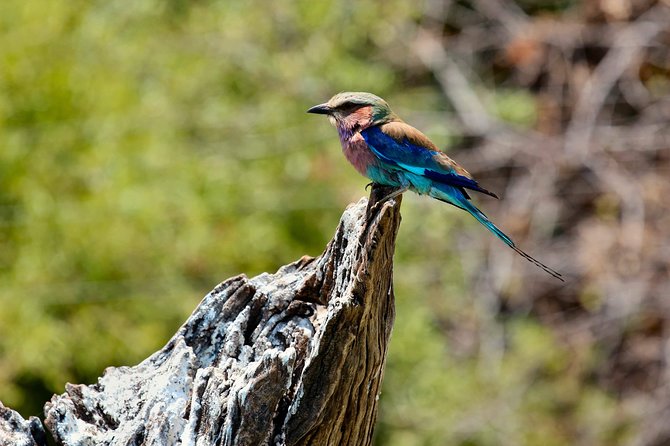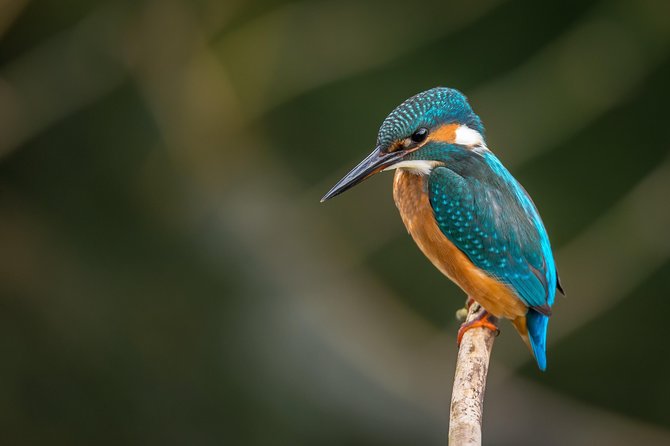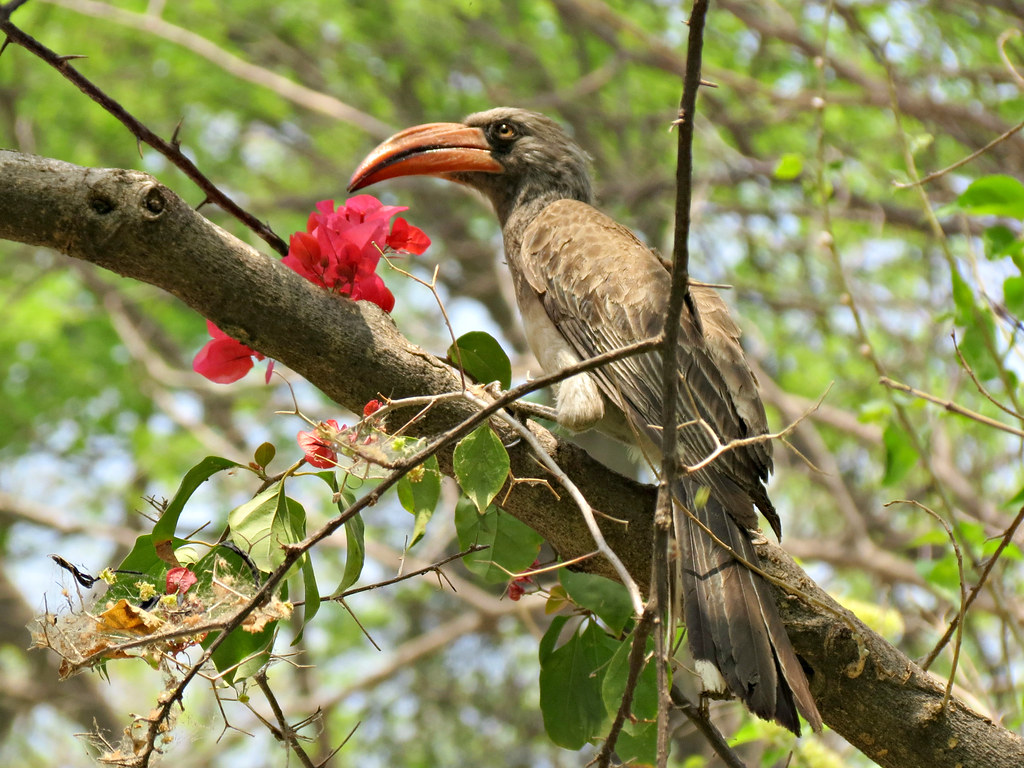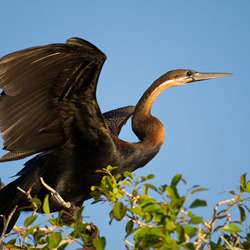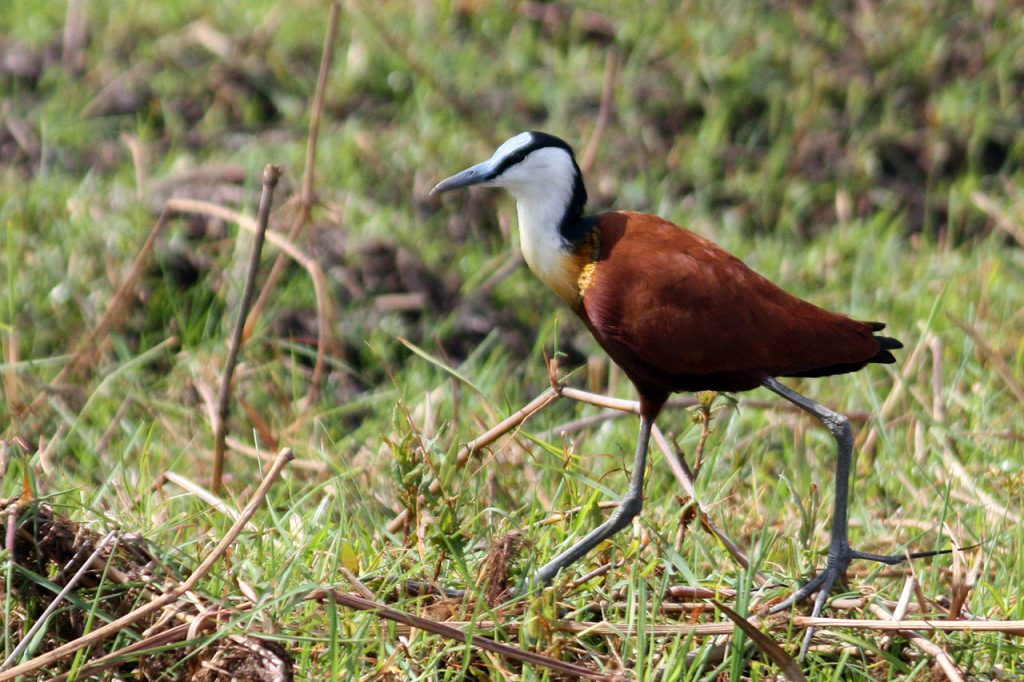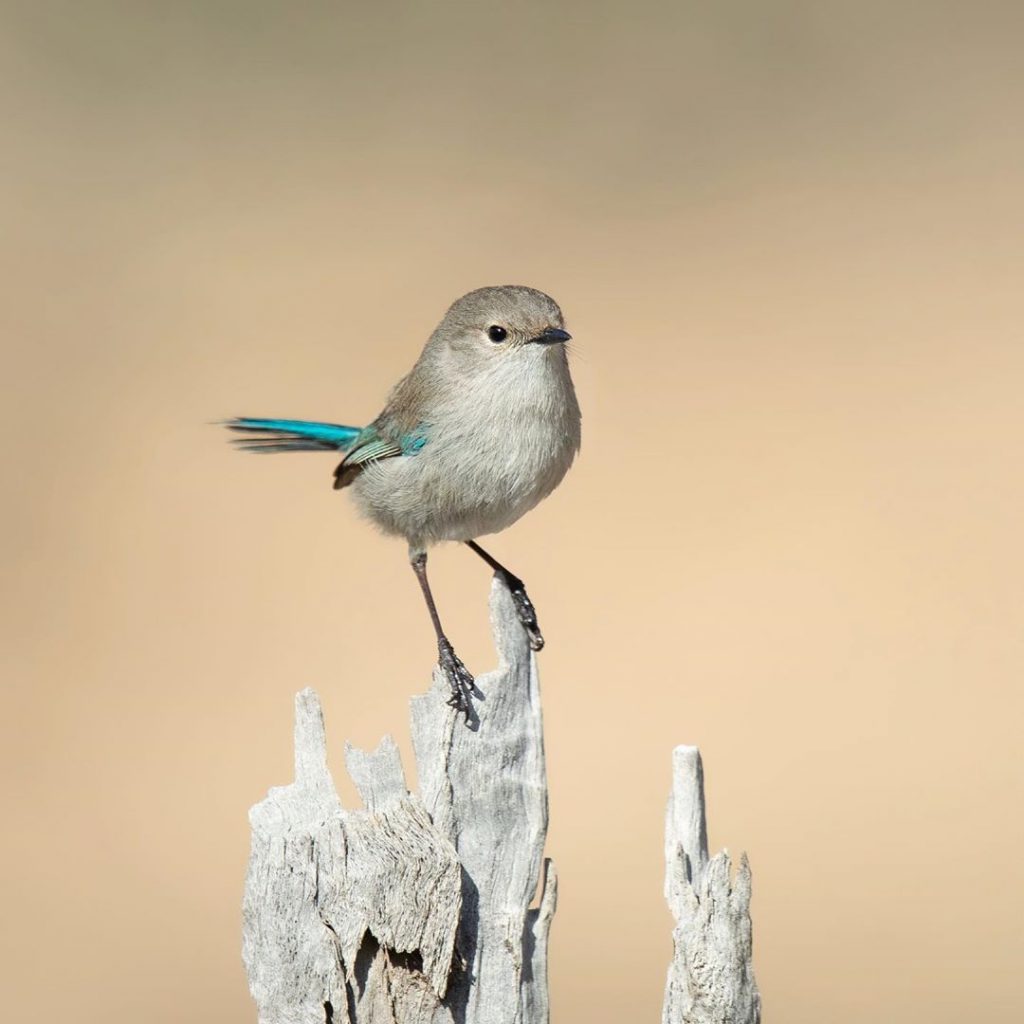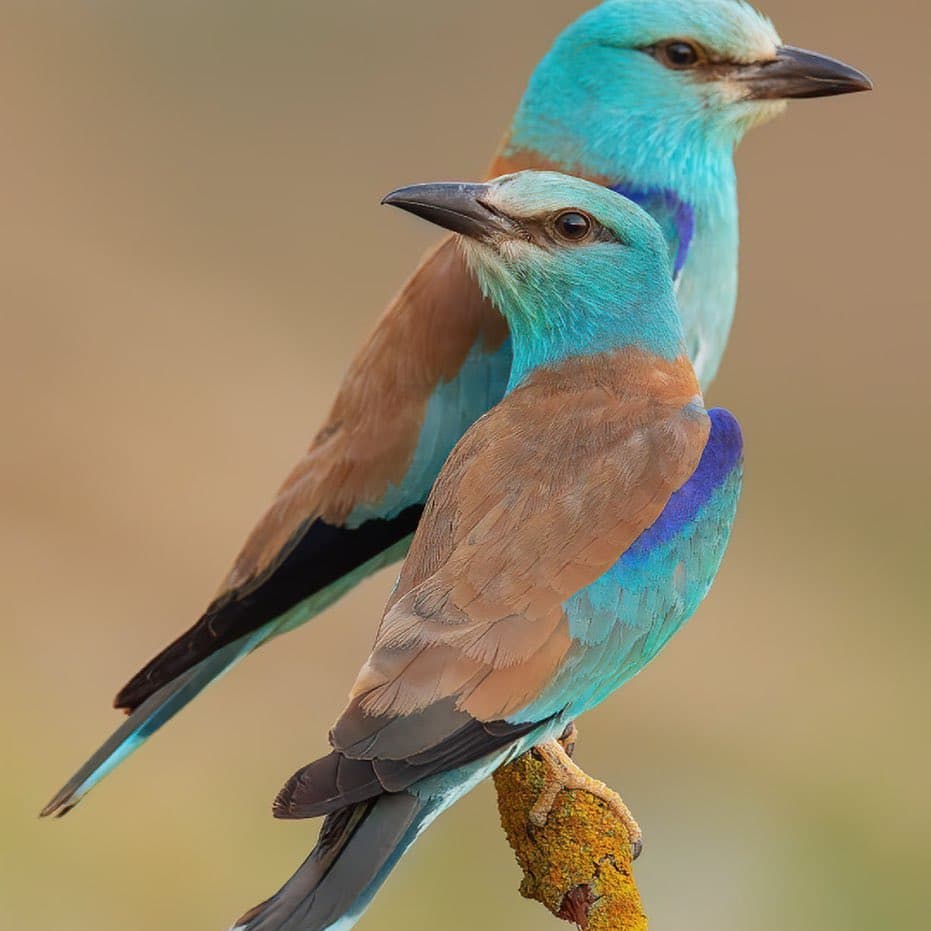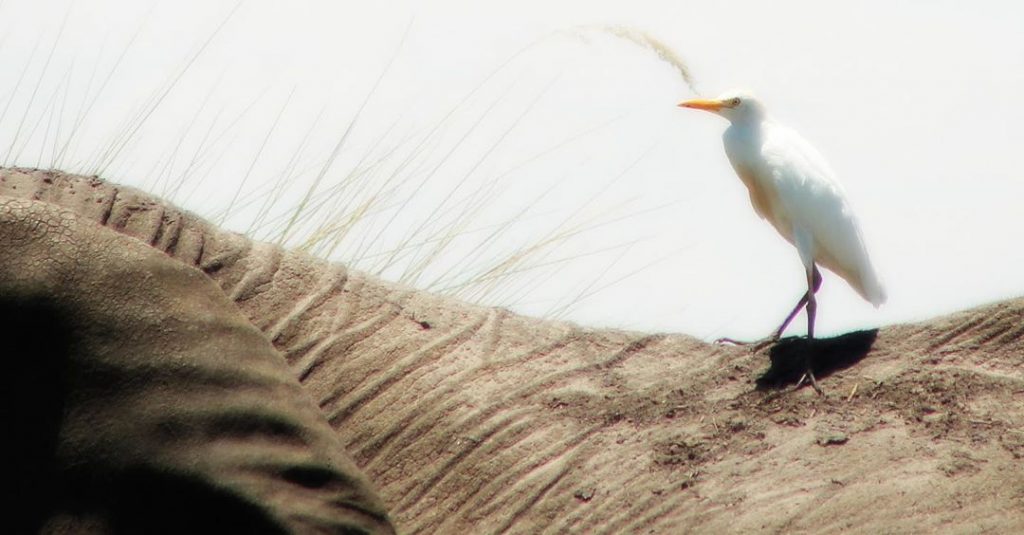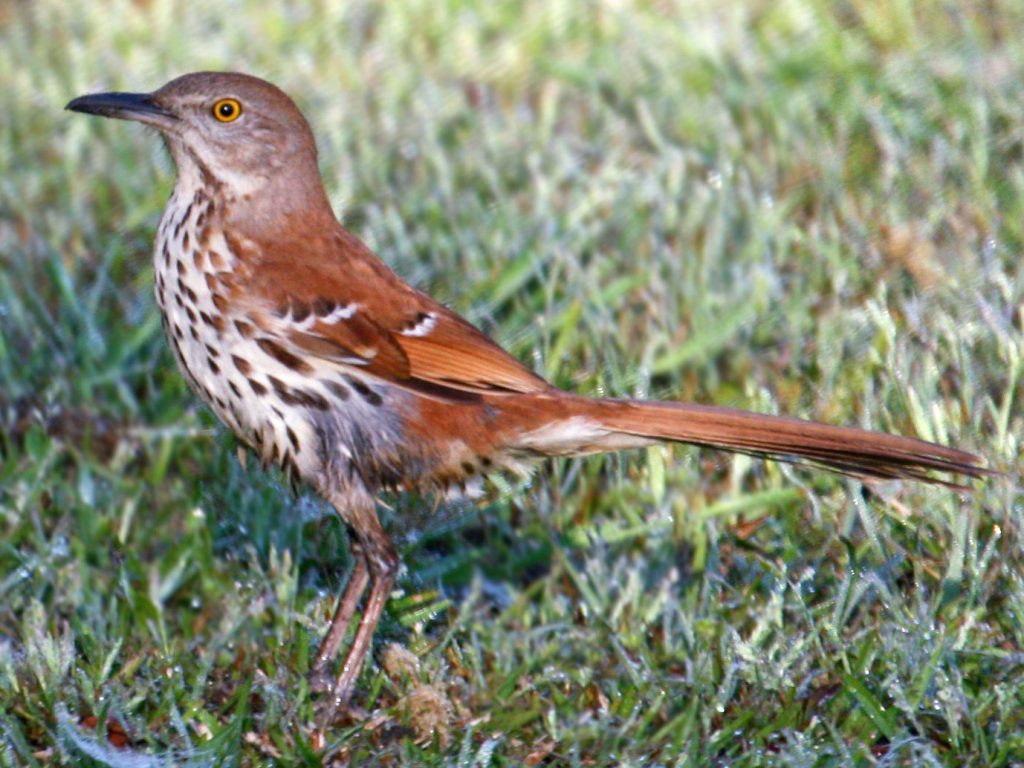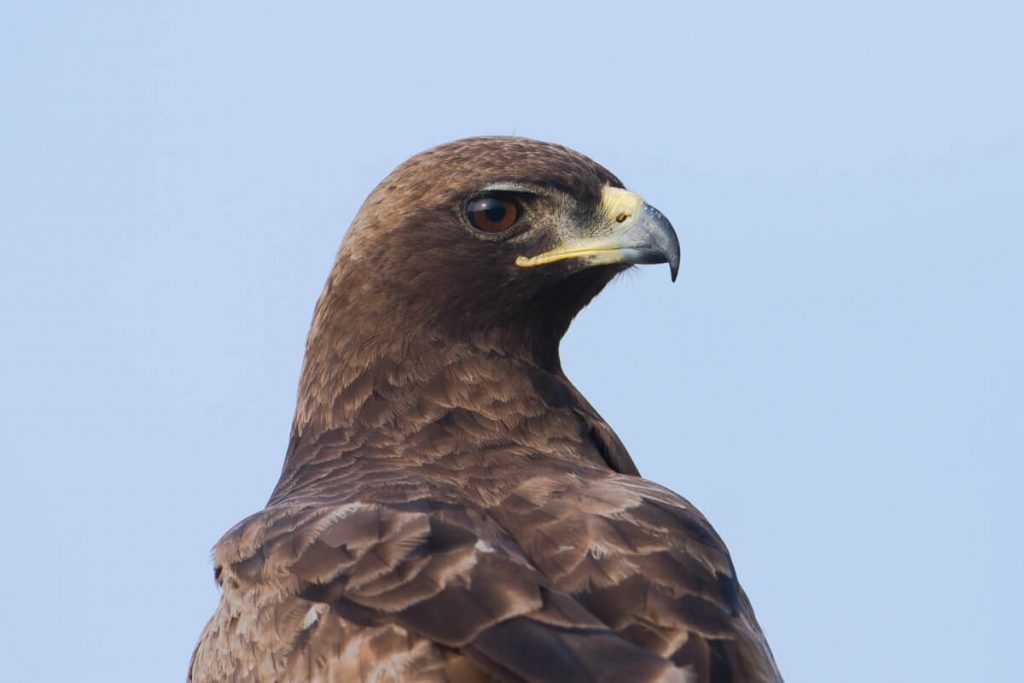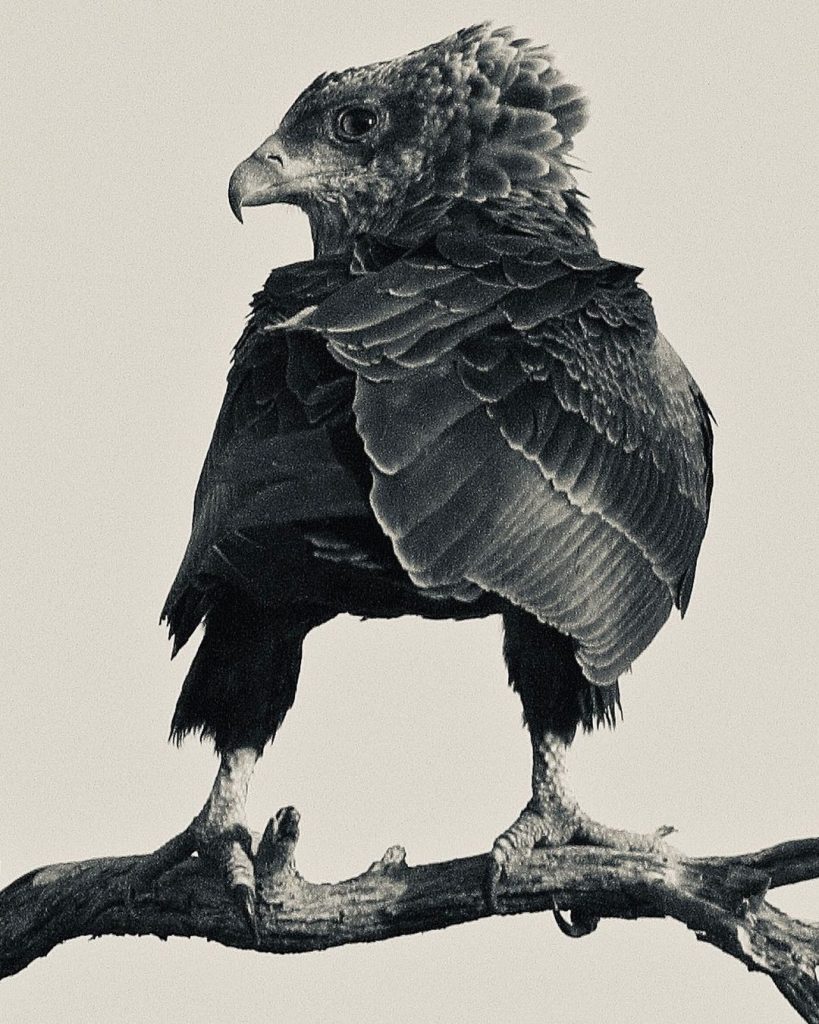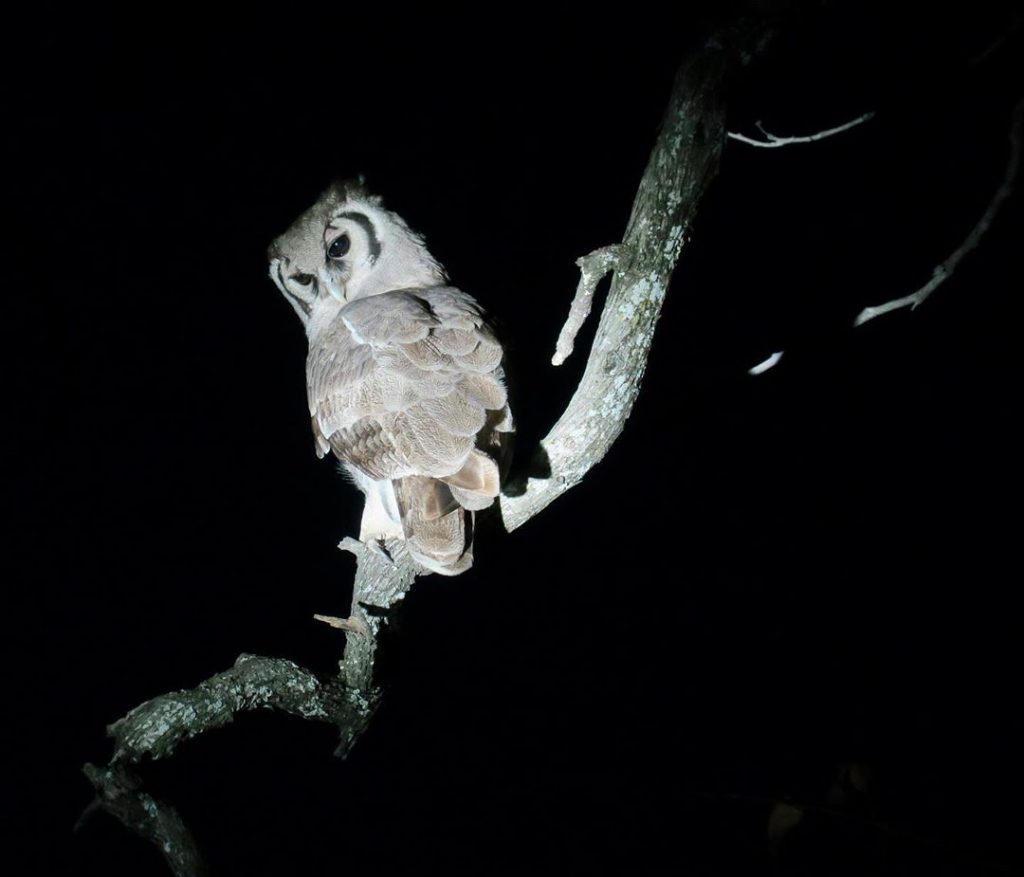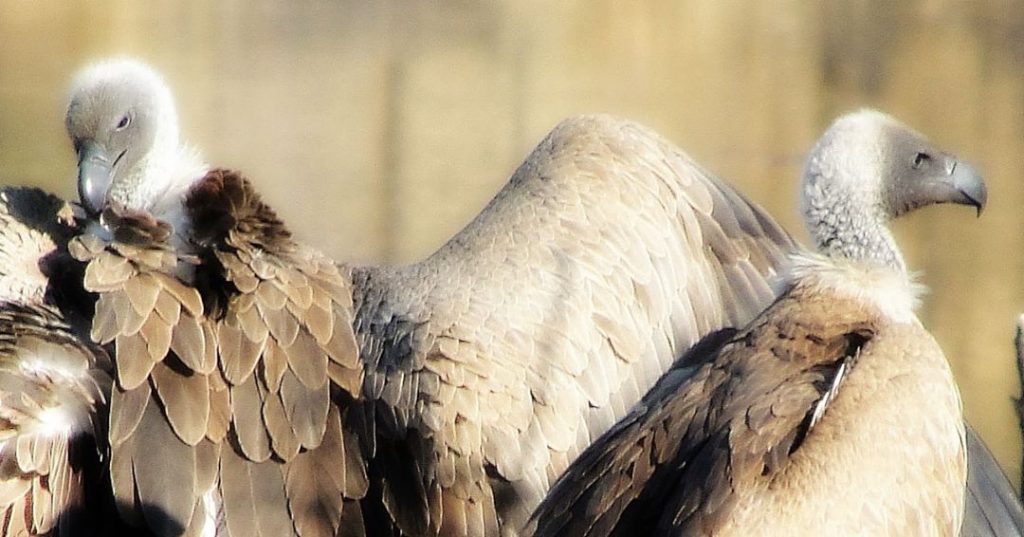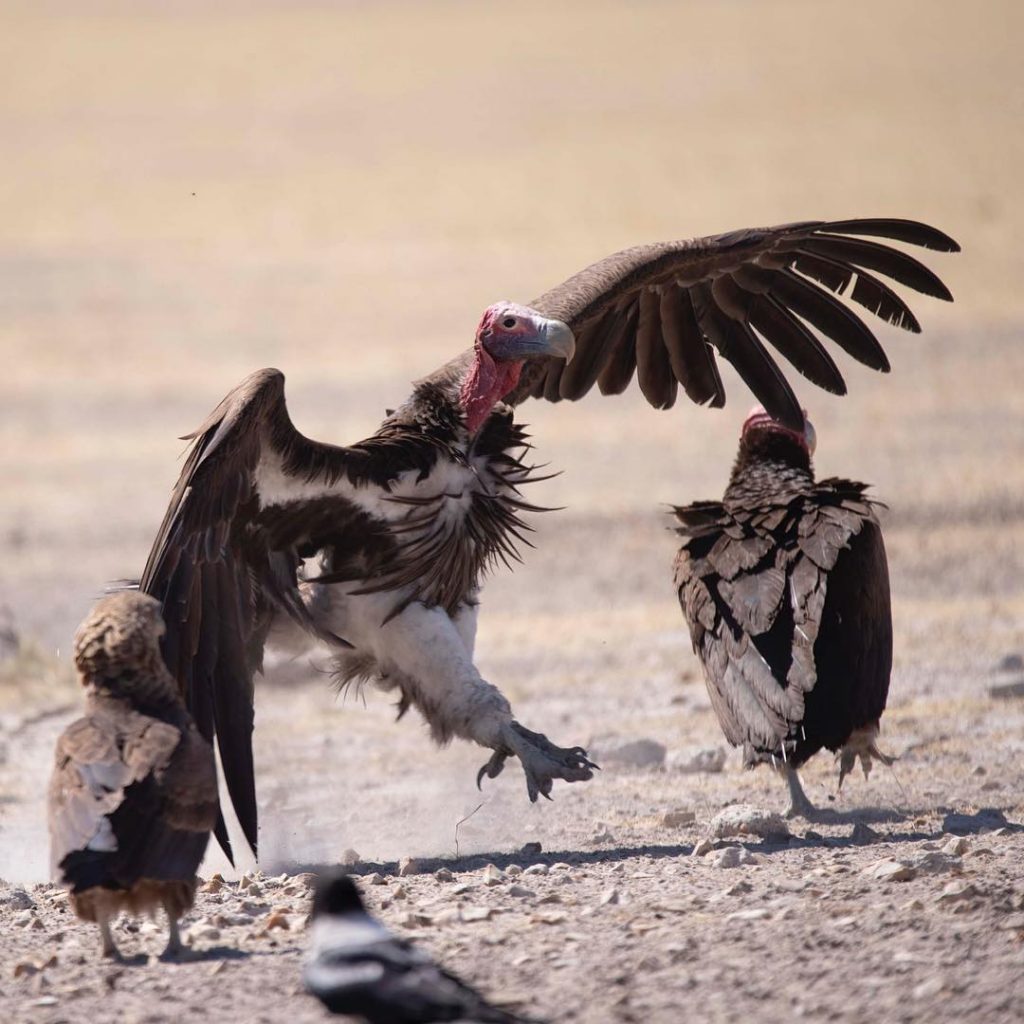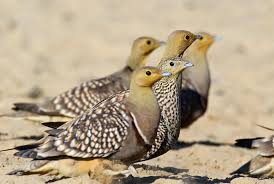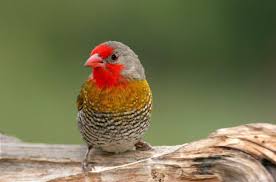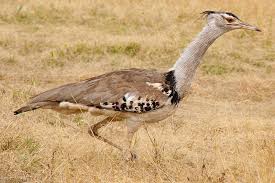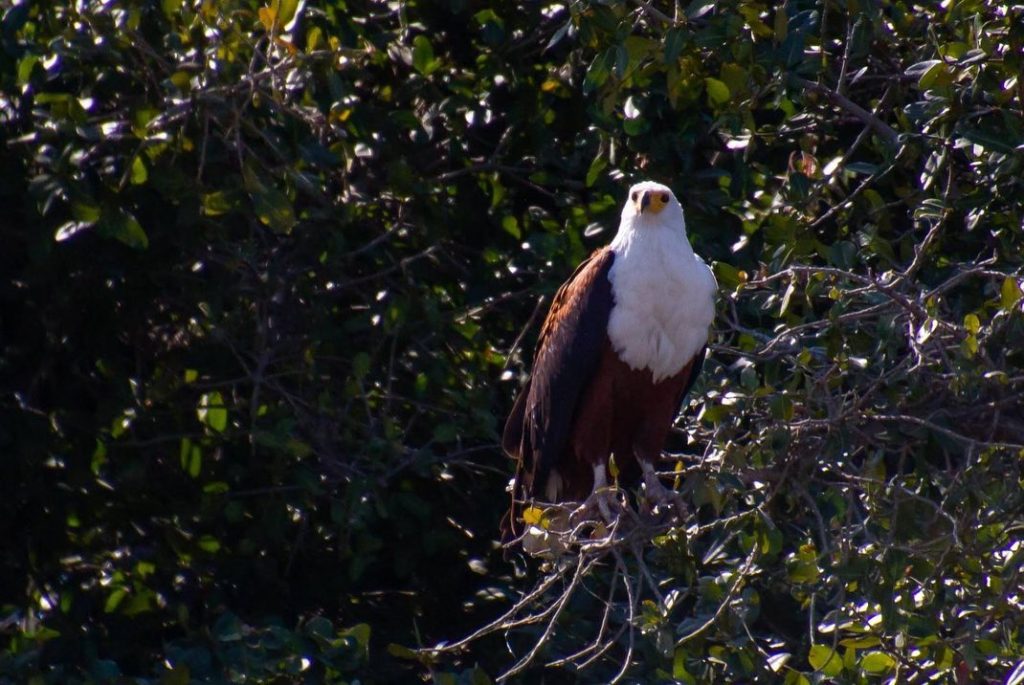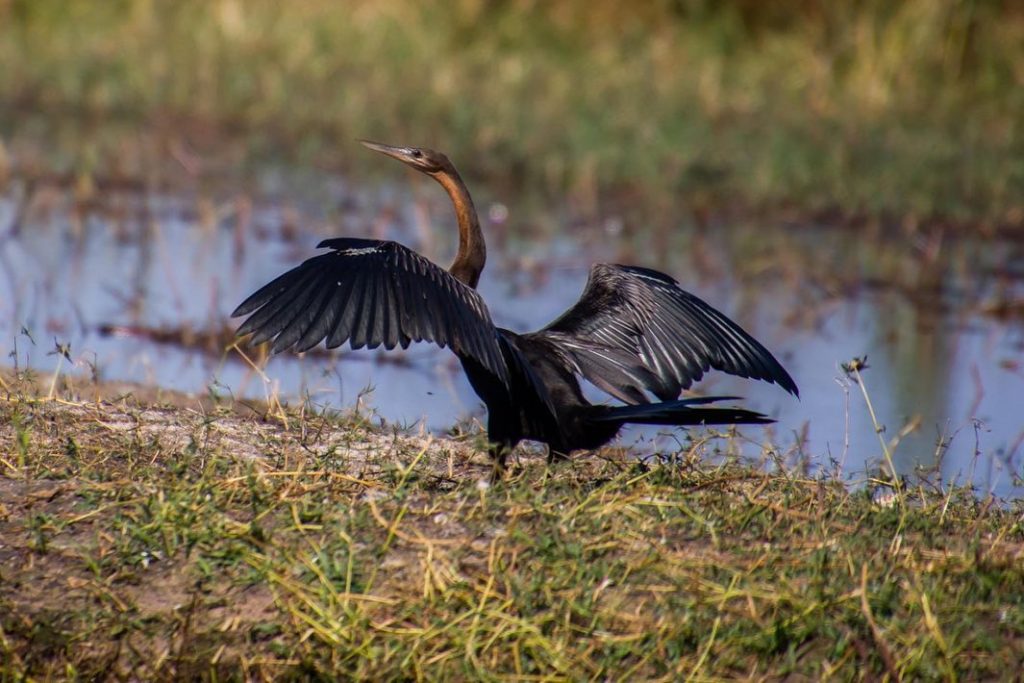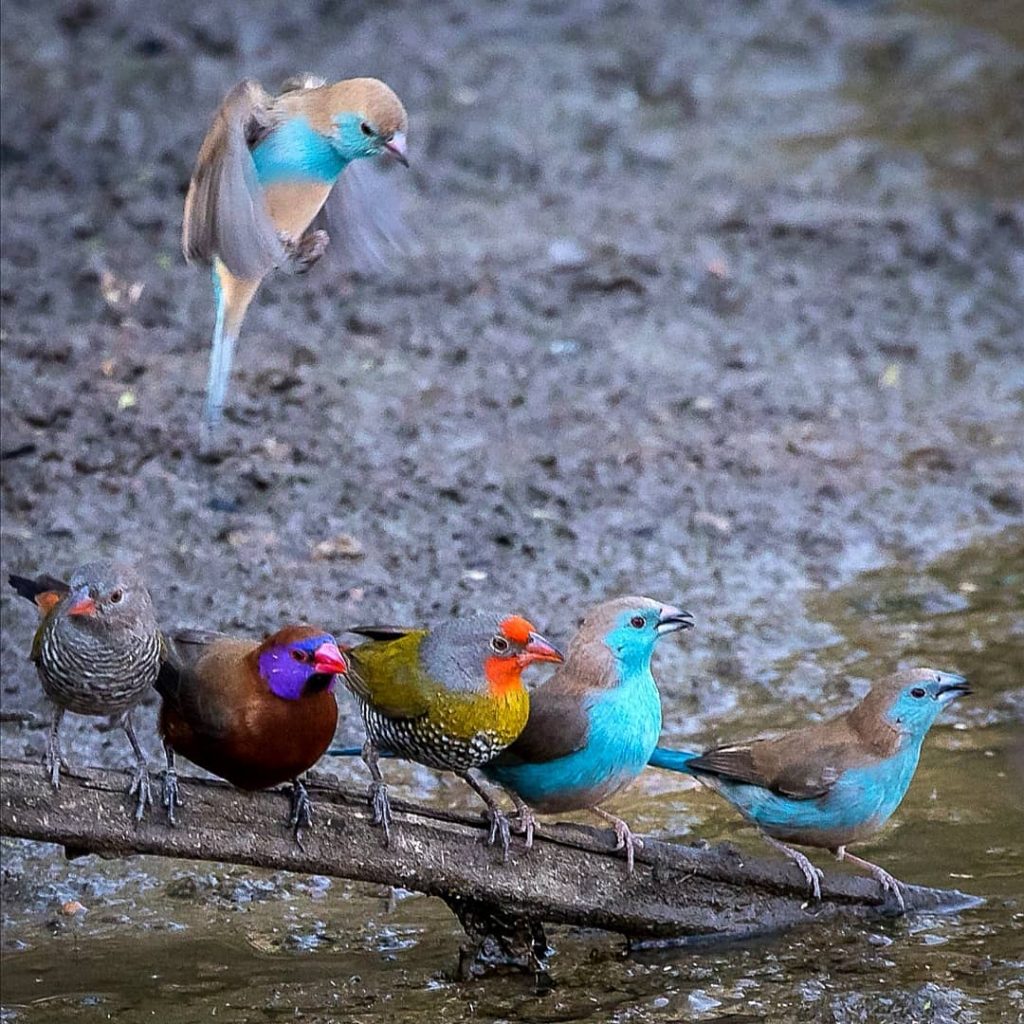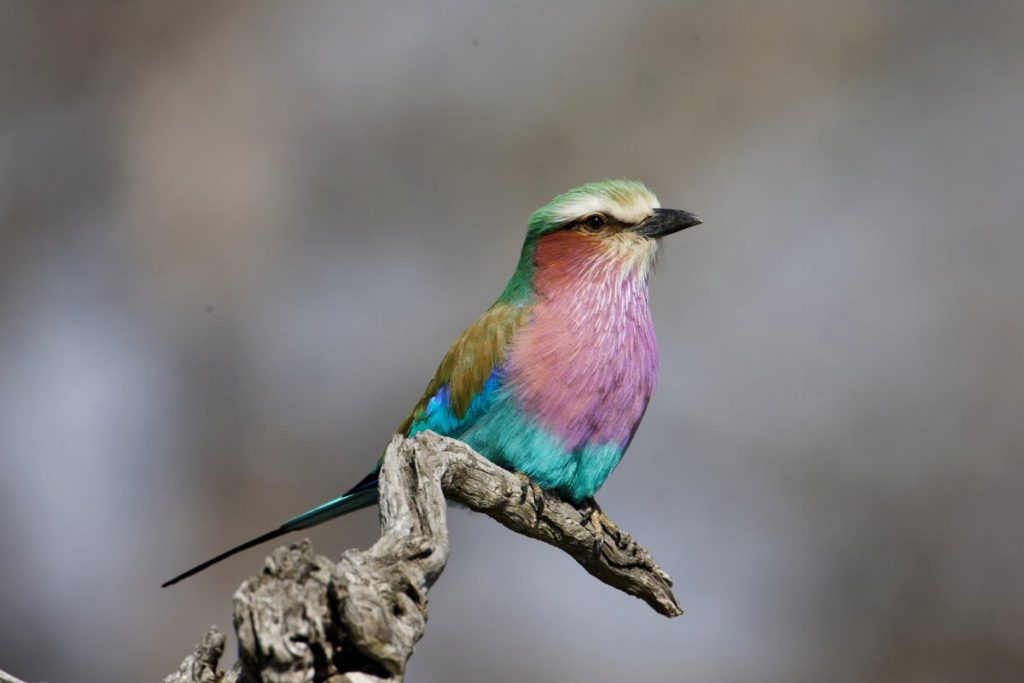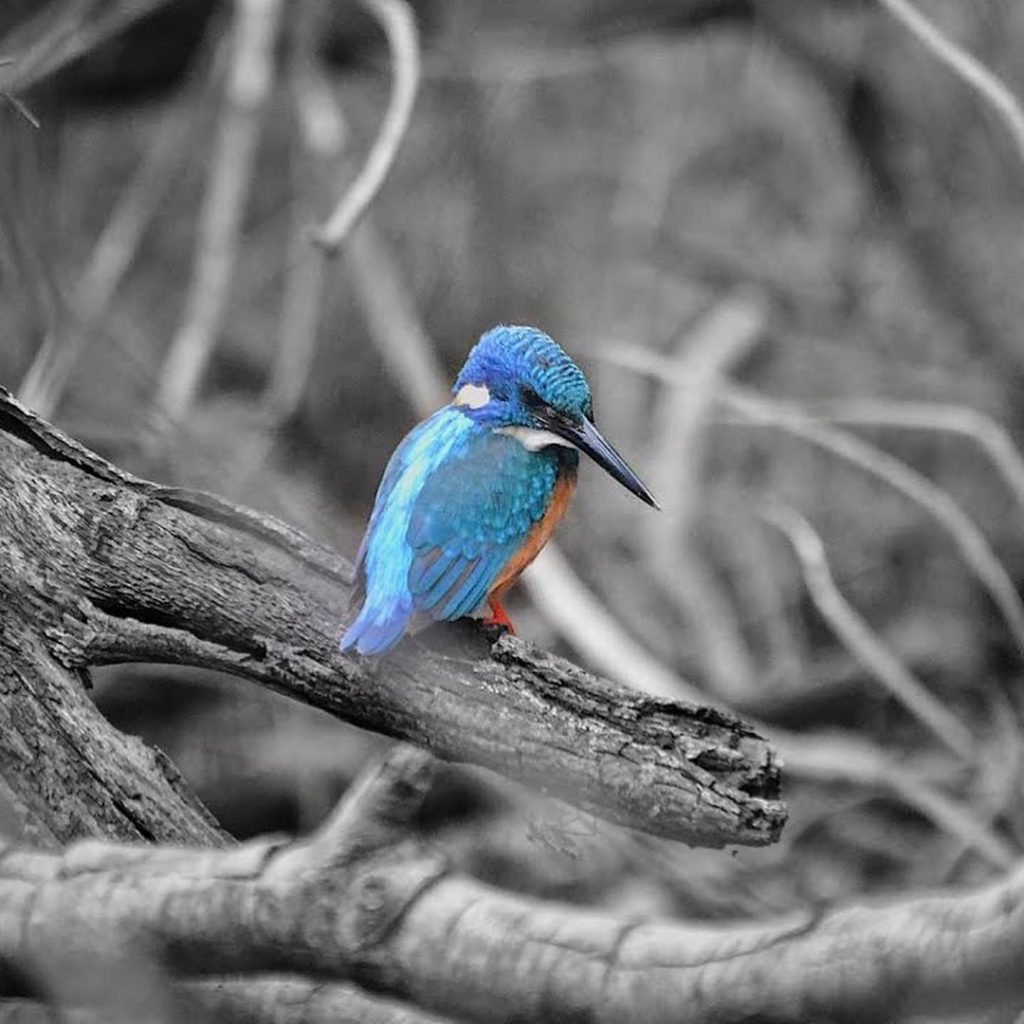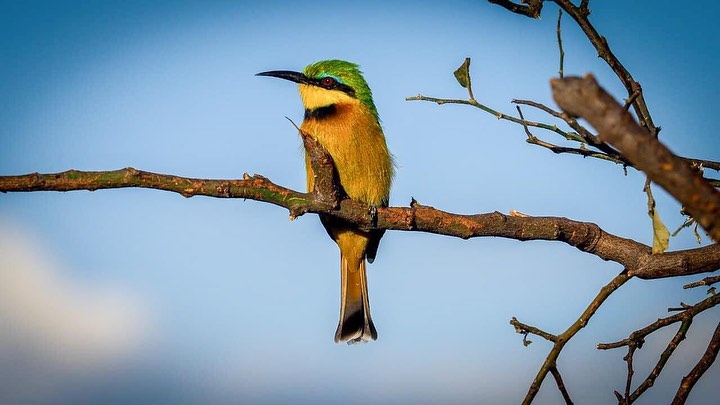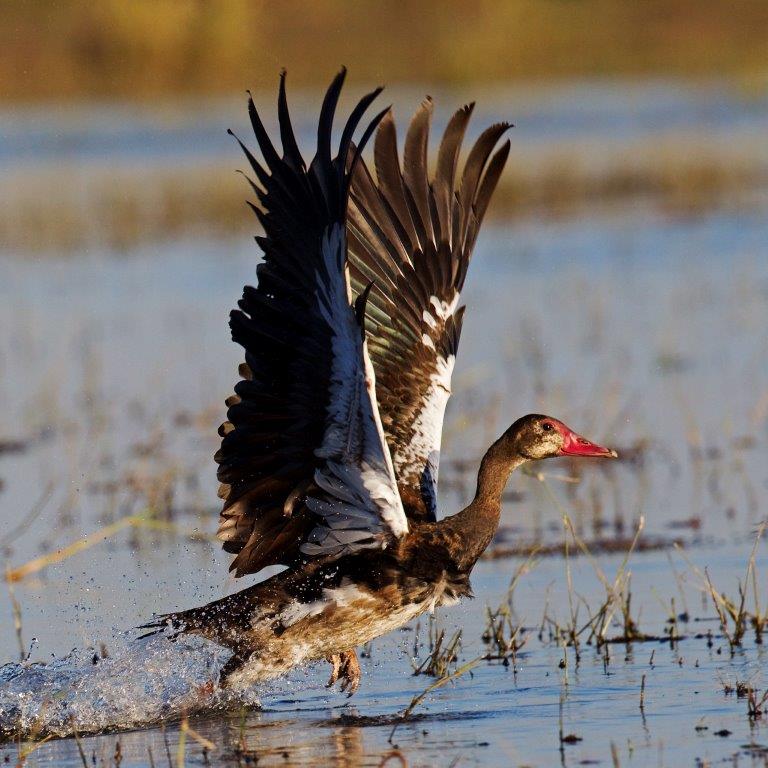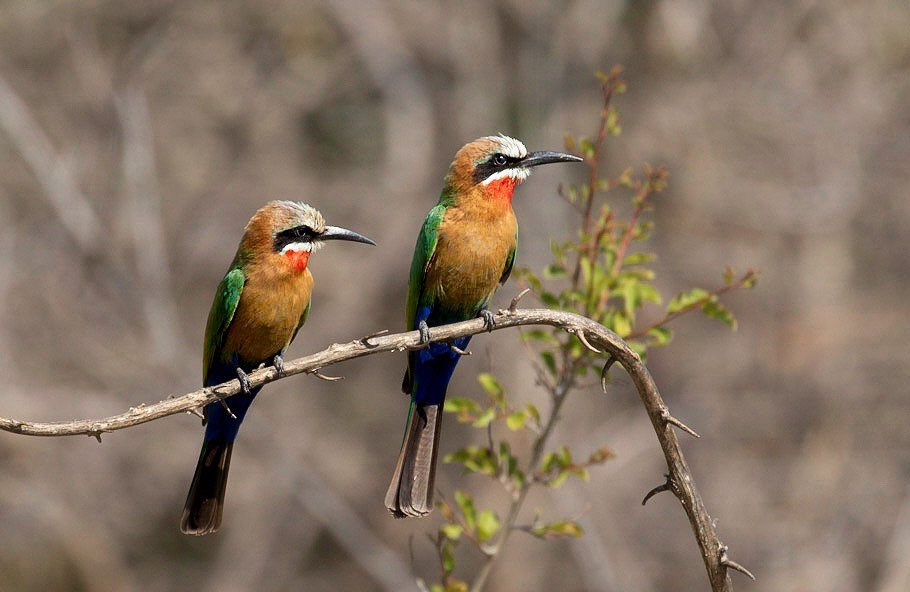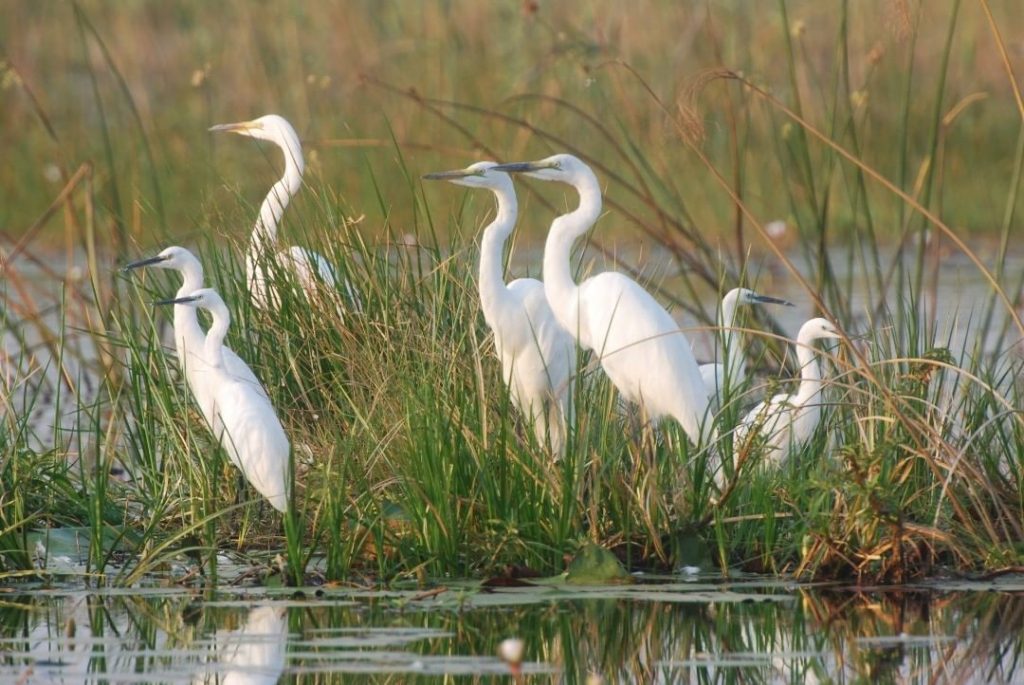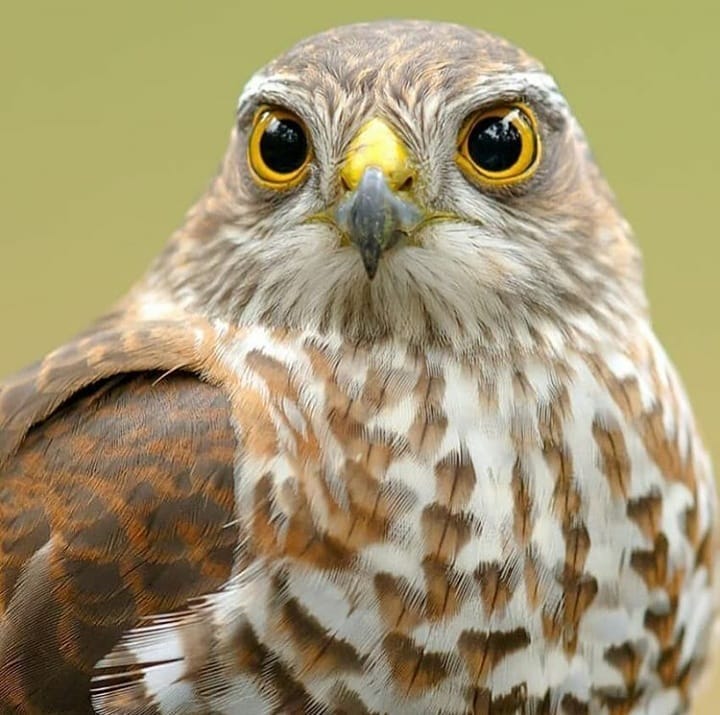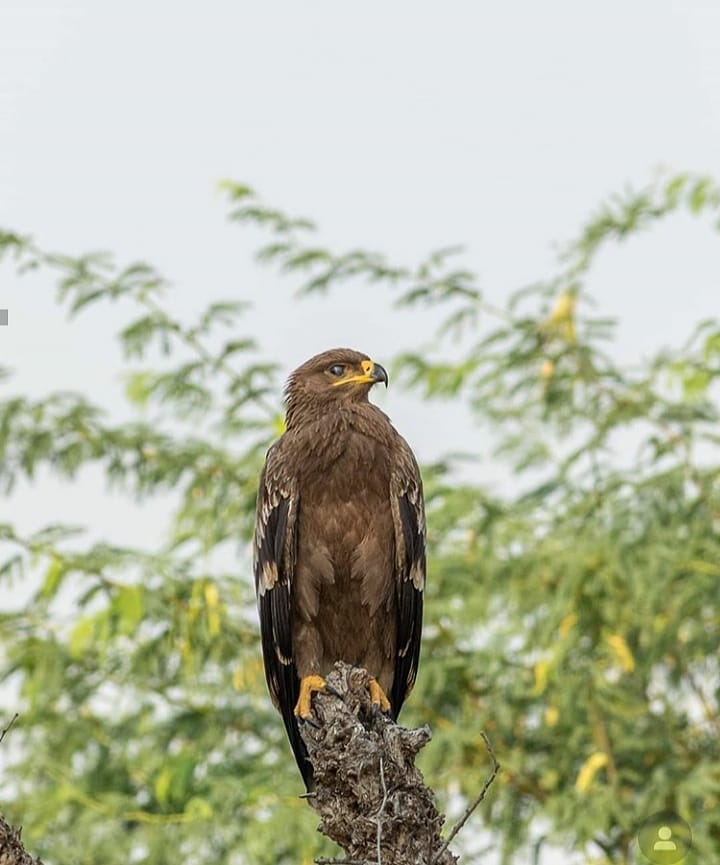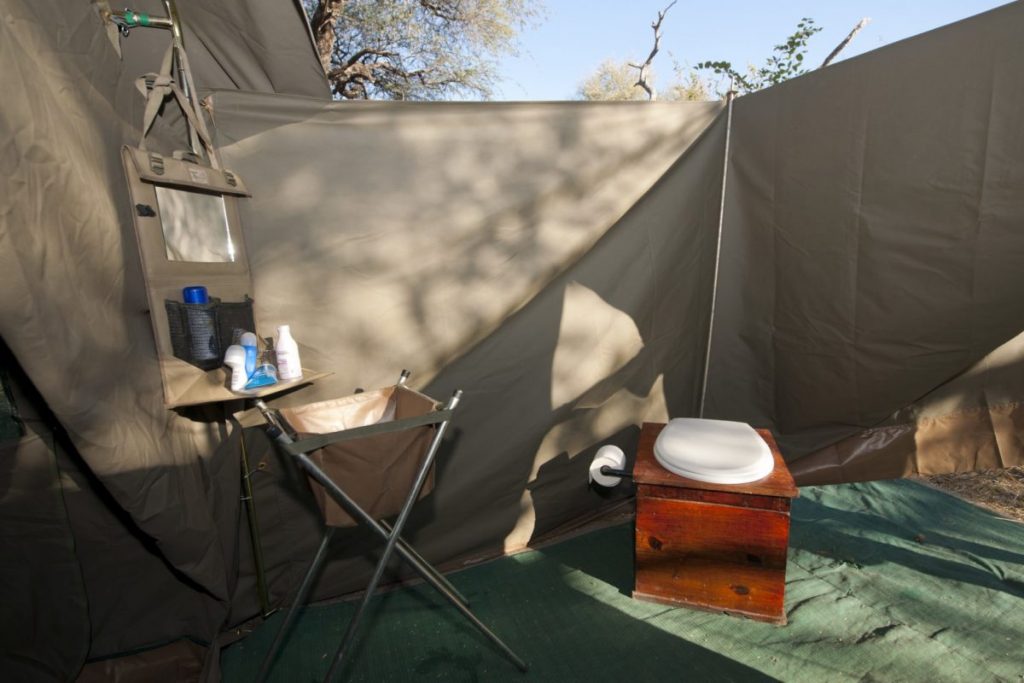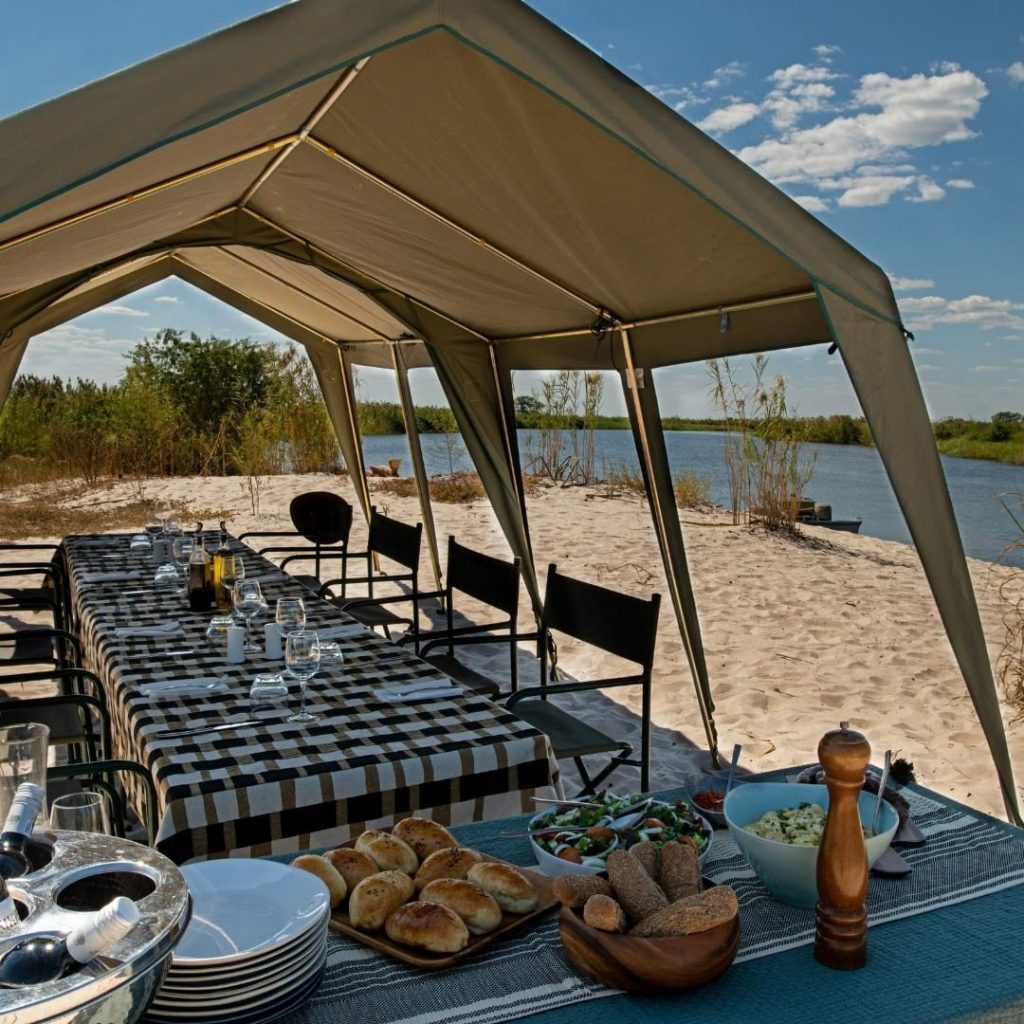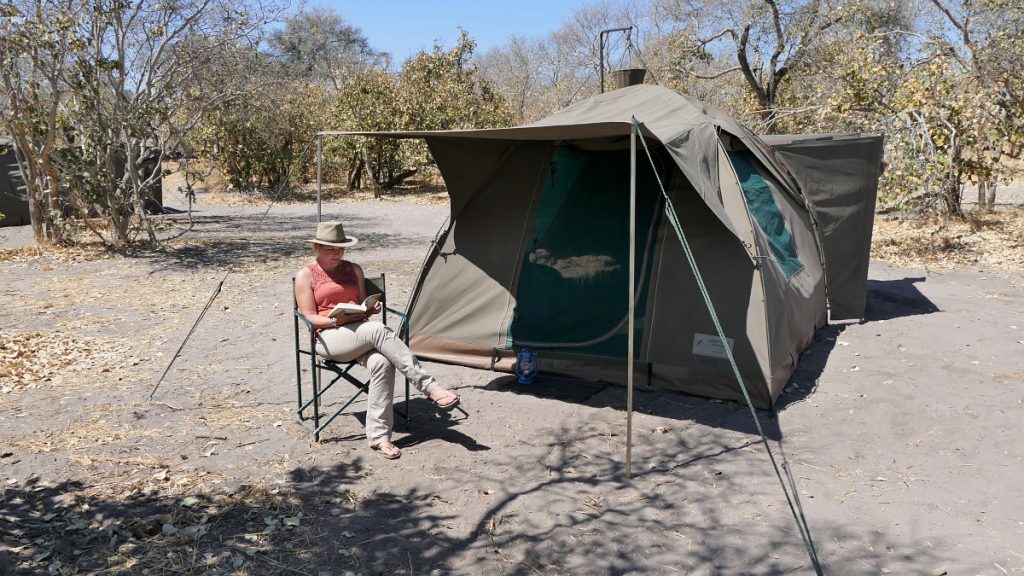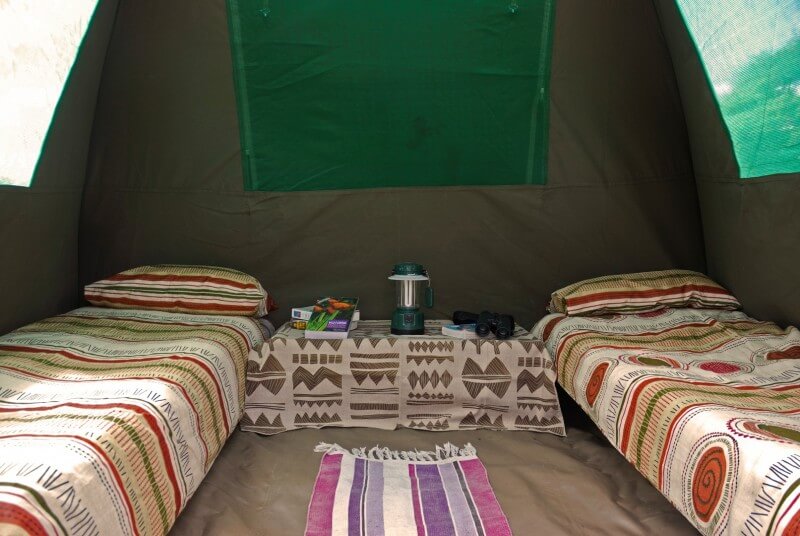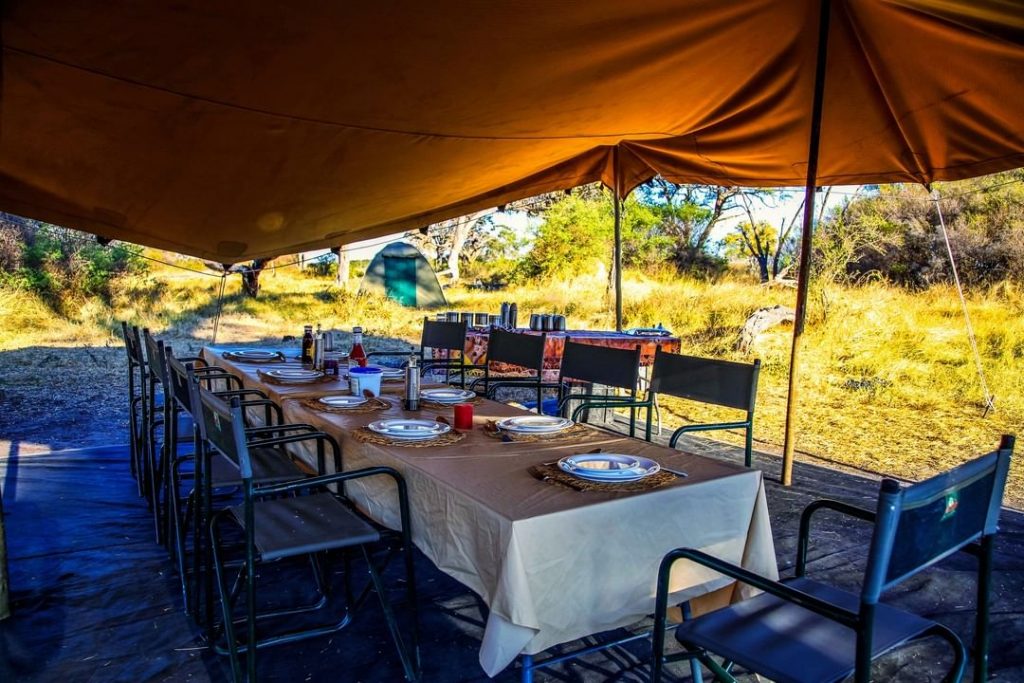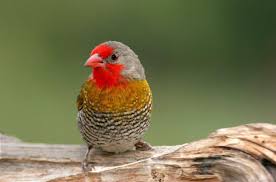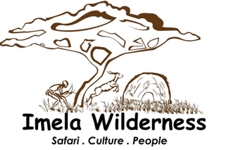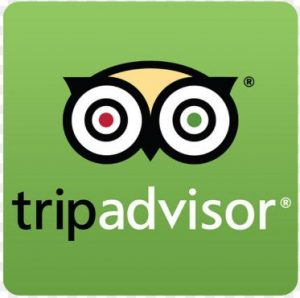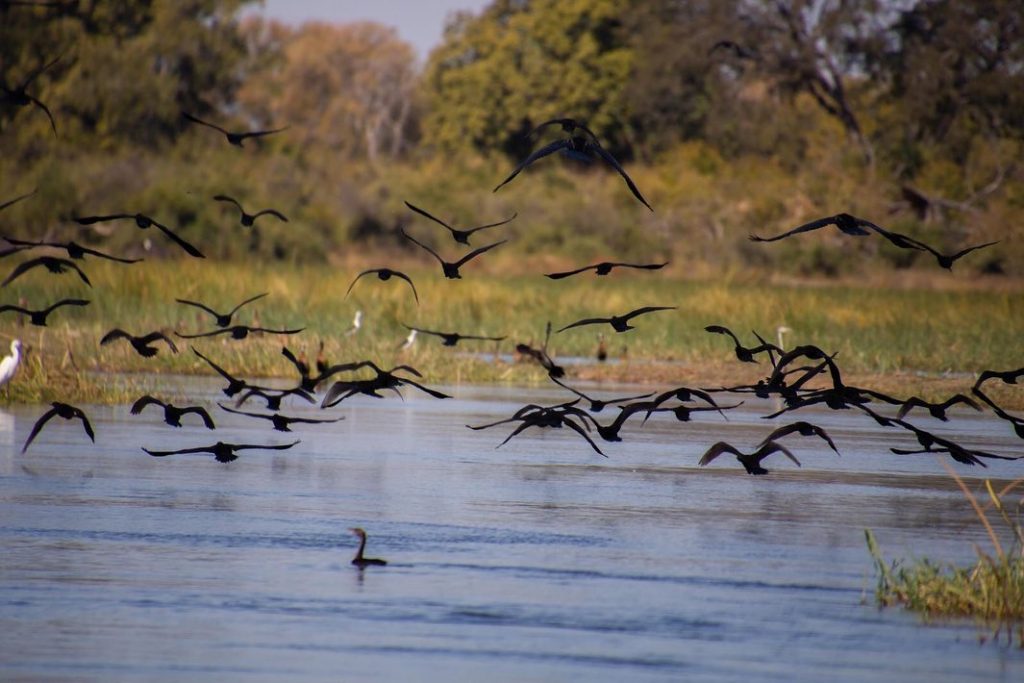
We currently have 2 main birding tours to offer,
The North-bound Bird Trail, as well as the
Salts and Delta Bird Trail
NORTH-BOUND BIRD TRAIL
8 nights/9 days
MAUN > MOREMI/XAKANAXA > MOREMI/KHWAI > SAVUTI > CHOBE NATIONAL PARK/KASANE
Overview
Game Drives
Boat Cruise
-
Birding
With the great diversity of plant species found in Botswana, large numbers of birds are attracted to this region hence making this an interesting safari. There can be no better way to experience this birding wonderland than with a knowledgeable and passionate guide accompanying you. This Botswana birding safari is the ideal tour to experience the best of African birding.
This safari affords you an opportunity to see a variety of bird species in Botswana including hornbills, hawks, doves, spikes, eagles, crakes, and cuckoos amongst many others. We recommend that this safari be done between October and April when the bird sightings are at the peak high.





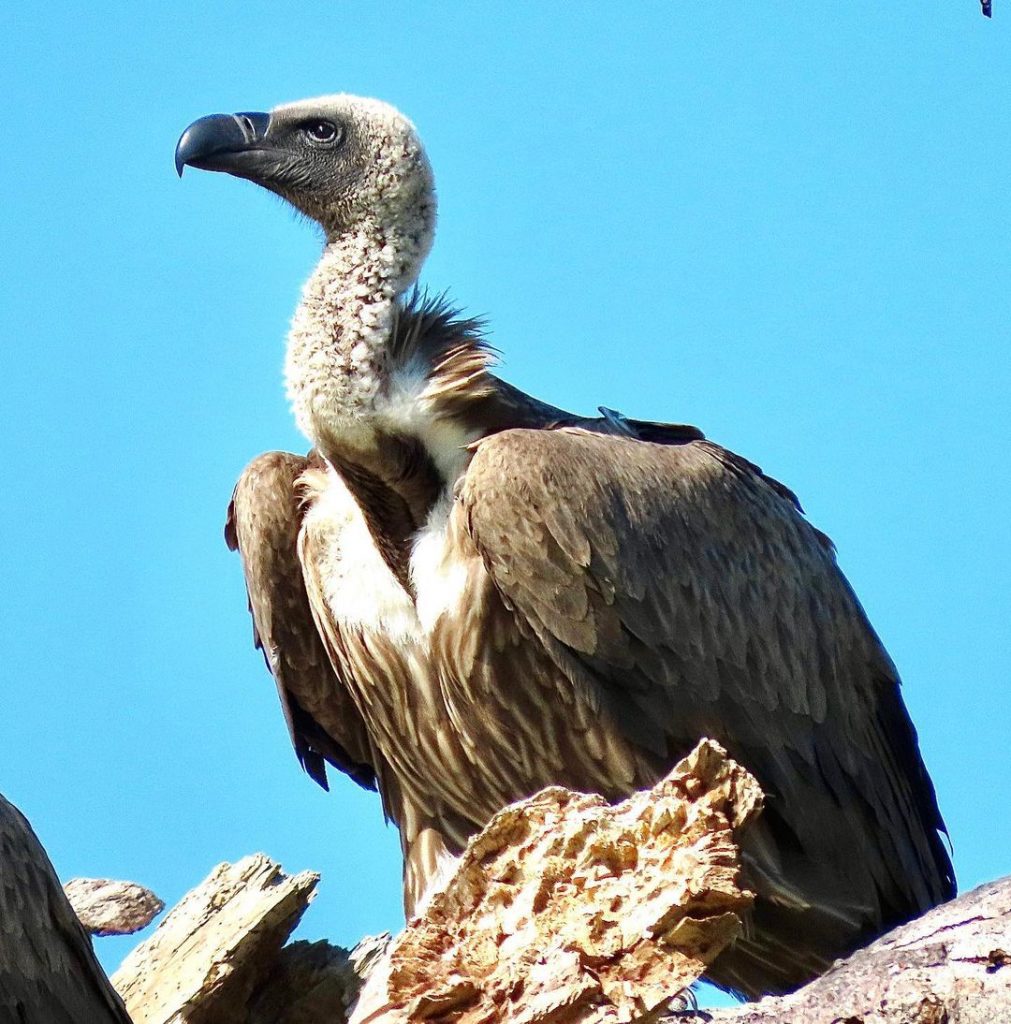

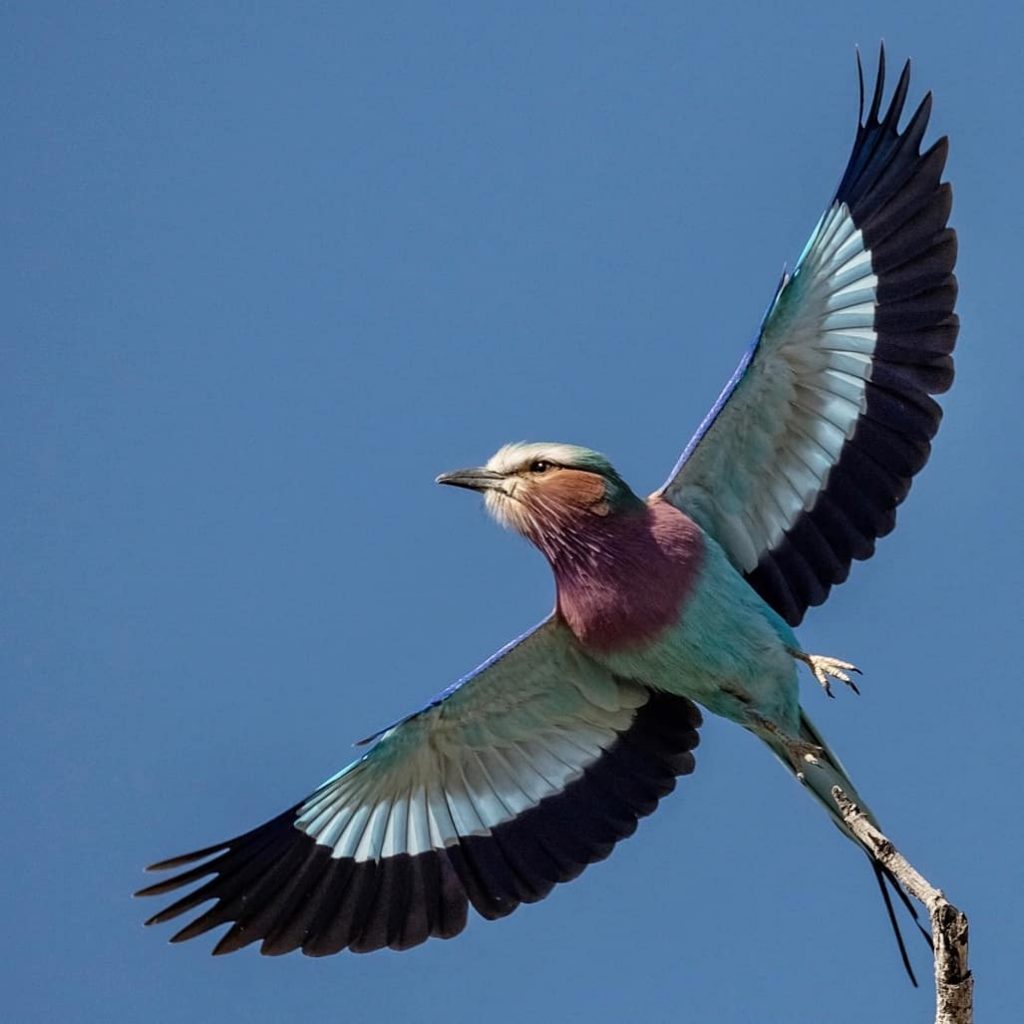
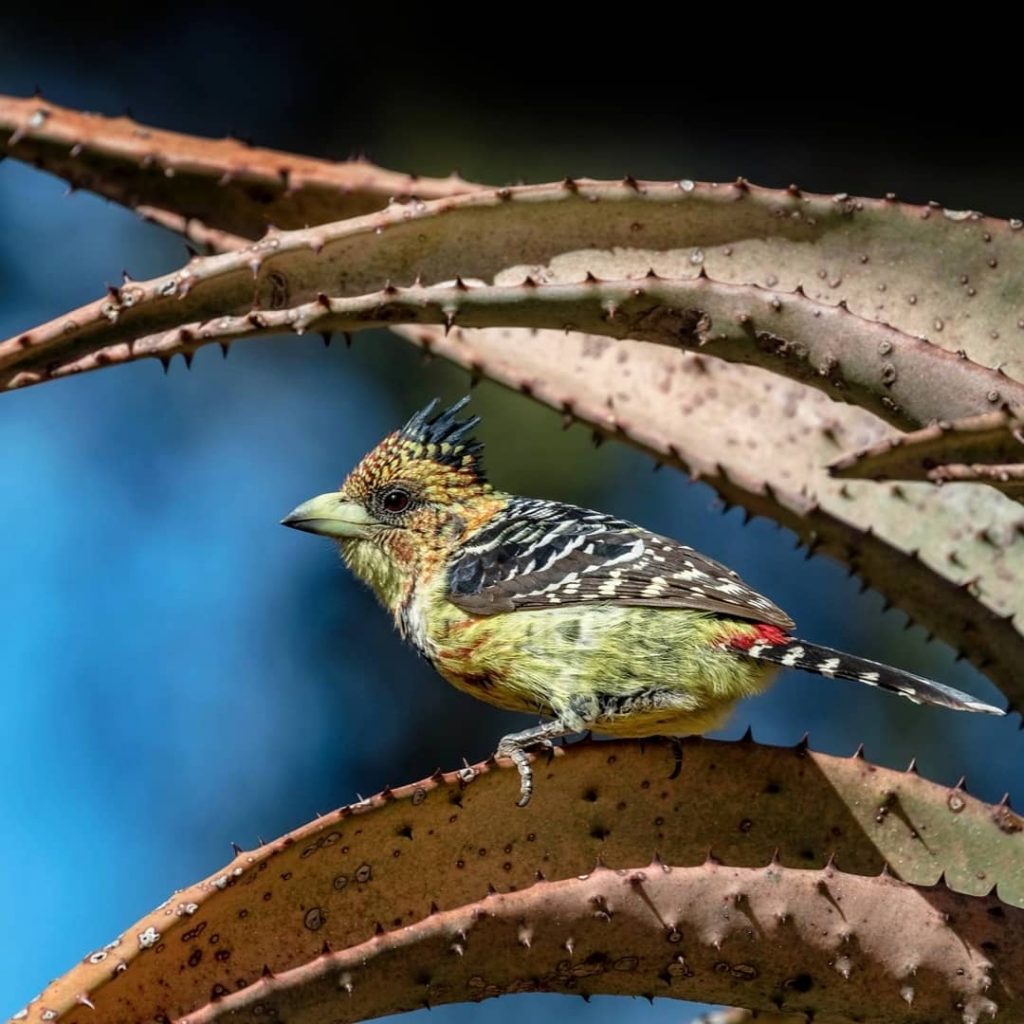
Daily Activity
DAY 1: MAUN
After your arrival at Maun International Airport, you will meet our representative with a signage board written “IMELA WILDERNESS”. Our guides will be waiting to transfer you to the lodge where we will be staying. Maun is the gateway to one of the best wildlife experiences you will ever have – a safari in the unforgettable Okavango Delta.
DAY 2–3: MOREMI XAKANAXA (THIRD BRIDGE)
We wake up to have a quick breakfast before we take a trip to Xakanaxa-Moremi game reserve. Our drives will take us to the park’s most beautiful areas such as the third bridge, Bodumatau and dead tree island. The reserve contains within its boundaries approximately twenty percent of the Okavango Delta.
The swampy areas of Xakanaxa are home to African Rail,
Coppery-tailed Coucal, Black Coucal*, Red-chested Flufftail, African Crake*, Black Crake, Chirping Cisticola, Luapula Cisticola, Purple Swamphen, Allen’s Gallinule to name but a few. The open
waters attract African Skimmer, Saddle-billed Stork, Yellow-billed Stork, Intermediate Egret, Goliath Heron, African Fish Eagle as well as the globally threatened Slaty Egret and Wattled Crane.
We will camp in the Wilderness for 2 nights enjoying the activities on a day to day basis.
DAY 4: MOREMI KHWAI (NORTH GATE)
Wake up and have breakfast before we depart to Moremi Game Reserve-Khwai. It is situated in the eastern part of the Okavango Delta, bordering the Chobe National Park on the south-western part of the Park. The Moremi Game Reserve covers almost one third of the Delta. The Khwai River forms a boundary between the reserve and the community area. We spend the following one night camping at an exclusive campsite in the community area, exploring the Khwai floodplains on game drives both during the day and at night.
The Khwai region boasts excellent populations of both bull elephant as well as breeding herds. Lion, leopard, serval and African wildcat are common predators of the region with wild dog and cheetah being less common. Buffalo use this area seasonally with large herds moving in during the summer rains. The swampy areas in the west are home to red lechwe. Other ungulates include tsesebe, blue wildebeest, giraffe, kudu, sable antelope, roan antelope and impala.
Common birdlife include Mecca’s, the uncommon Rosythroated Longclaw and the Bat-Hawk. Other interesting raptors here are Cuckoo Hawk (rare), Long-crested Eagle and Black Sparrowhawk. More commonly Tawny Eagle, Steppe Eagle, Lesser-spotted Eagle, Martial Eagle, Bateleur and African Hawk-Eagle. The waterways host Africa Rail, African Crake, Greater Painted Snipe, Allen’s Gallinule, Lesser Jacana and Lesser Moorhen.
DAY 5-6: SAVUTI
Savuti region is situated in the southern stretch of Botswana`s Chobe national park. Recognized as a prime game viewing area in the south west of Chobe National Park. It is called Savuti because a certain chief named Savute used to live there with his tribe. The famous Savuti channel stretches south from the Chobe River through to the Mababe depression. The Savuti Marsh has been the stage for many of the most dramatic wildlife documentaries in Africa. The wide open country, good ungulate populations and particularly strong prides of lion and hyaena clans make for dramatic wildlife interaction and excellent viewing opportunities. The now dry Savuti Channel runs through this landscape linking the dry sand-veld, the waterholes, the hills and the grassland that was the Savuti Marsh.
The surface water that is pumped by the Government here provides a major attraction for birdlife. In the dry season thousands of dove and sandgrouse come down to drink in the mornings and are under constant surveillance by Yellow-billed Kite, Tawny Eagle and African Hawk-Eagle. Red-crested Korhaan are common in the Kalahari Apple-leaf (Lonchocarpus nelsii) veld. The marsh is the summer home for good numbers of Caspian Plover and Montague’s Harrier as well as Chestnut-backed Sparrowlark, Grey-backed Sparrowlark, Northern Black Korhaan, Rufous-naped Lark, African Pipit and Desert Cisticola. Dickenson’s Kestrel, Amur Falcon and Red-necked Falcon are found along the perimeter of the marsh.
The concentration of wildlife and birdlife not to mention the open plains surrounded by the dry camel thorn trees on the Savuti marsh are a wildlife photographers dream. Savuti is famous for its big game and particularly its predators. Lion and the Spotted Hyena live in constant battle for survival. Other commonly sighted species are zebra, elephant giraffe, kudu and buffalo. The scenery is amazing and very African looking, with lots of acacia tortilis with giraffe feeding and many more including the most photographed bird, lilac breasted roller. We camp wild at an exclusive campsite for 2 nights, enjoying the activities on a day to day basis.
DAY 7- 8: KASANE / CHOBE NATIONAL PARK
We will leave for Chobe early to travel along the Chobe River arriving in Kasane where we will stop for a picnic lunch before taking an afternoon boat cruise. We will then spend two nights in a lodge in Kasane whilst during the day we will embark on a game drive to Chobe National Park and a boat cruise at around 1500 hrs.
We will traverse through the stunted mopane scrub of the Goha clay basin, across the sand-ridge and
through the wonderful Zambezi teak woodlands of the Chobe Forest Reserve and along the Chobe River itself. The Chobe floodplain is tens of kilometers wide and in years of exceptional rains the water stretches as far as the eye can see. While there are community areas that we pass through that are settled by local tribes, for the vast majority of the day’s drive we pass through wild country where wildlife moves un-inhibited by fences or man. Roan and sable antelope thrive in the teak woodlands where the low density of predators and lack of competition for food by other ungulates makes this prime habitat for these large ungulates. Leopard occur in these woodlands in low numbers but they are highly secretive and seldom seen. The Goha region has natural waterholes that hold water well into the dry season and herds of buffalo, Burchell’s zebra, greater kudu and elephant come down to drink.
The most unusual species are to be found in the teak (Baikea plurijuga) woodlands. This broad-leafed woodland, or miombo as it is locally known, provides good pickings for insectivorous birds that favour canopy habitat. Grey Tit-Flycatcher, Ashy Flycatcher, Paradise Flycatcher, Pallid Flycatcher, Scarlet-chested Sunbird, Amethyst Sunbird, Yellow-throated Petronia, Red-headed Weaver and Violet-backed Starling are only some of the species that move around in the “bird parties” in the canopy. Dickenson’s Kestrel, Red-necked Falcon, Peregrine Falcon and Lizard Buzzard are some of the raptors to keep an eye out for, while the diminutive White-faced Owl can often be seen roosting in the road-side vegetation. Flappet Lark, Fawn-coloured Lark, Dusky Lark, Olive-Tree Warbler and Neddicky are species more likely to be enjoyed by the birding enthusiast.
Our trip will end here and there will be a transfer available to Kasane International Airport (included in the price)
DAY 9: TOUR ENDS
Safari Accommodation
CAMPING NIGHTS:
5 nights camping
LODGING:
3 nights lodging
A non-participatory wild camping with en-suite facilities (5 nights) and lodging (3 nights). Imela Wilderness will provide a bucket shower with warm water off the fire. Imela wilderness (also) provides, comfortable bedroll fully equipped with linen, towels, chairs with backrests and, tents (3×3 m meru tents), mosquito gauze on door & windows); are large and easy to erect. Imela Wilderness chef prepare fresh meals in the camp on site.
Note; All our tours are non-participatory, meaning we have enough staff to do the camp chores while you sit and enjoy your safari.
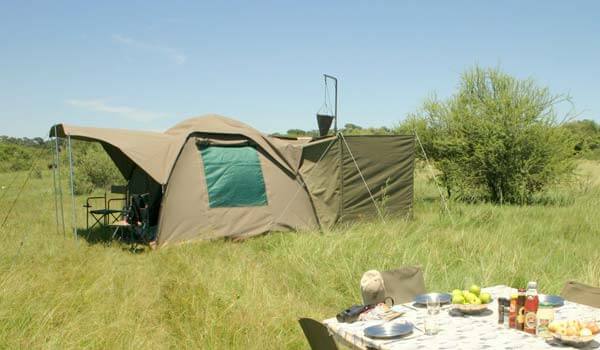
Details
Included in Your Safari
The quoted price includes all accommodation, park entry fees, excursions, and transfers.
ITINERARY INCLUDES:
- Park & Reserve entry fees
- Pick up and drop off at the airport
- Use of camping equipment (mattresses)
- Transport in 4X4 game viewing vehicle (game drive vehicle, trailer)
- Vehicle Fridge
- Tea/coffee and hot chocolate
- Professional Guide
- 2 Game drives per day
- Chef
- Mokoro activities (seasonal)
- Mokoro pooler fees
- Entrance fees to the delta
- Boat Cruise in Chobe
- Lodge accommodation in Maun, Kasane/Chobe National Park
ITINERARY EXCLUDES:
- Scenic flight over the Okavango delta
- Boat cruise in Okavango delta
- Staff tips
- Premium wines
- Emergency evacuation
- Curios
- Insurance
- All flight tickets unless otherwise indicated
- Items of personal nature
- Any drinks at lodges or accommodation other than Imela Tented camps unless stated.
Easy Payment Options
40% Deposit to confirm booking. Balance due 6 weeks prior to departure.
SALTS AND DELTA BIRD TRAIL
MAUN > LAKE NGAMI > OKAVANGO PAN HANDLE > MAUN > NXAI PAN NATIONAL PARK > MAKGADIKGADI/NATA BIRD SANCTUARY > CHOBE RIVER/KASANE
Overview
- Birding
Boat Cruise
- Game Drives
With the great diversity of plant species found in Botswana, large numbers of birds are attracted to this region hence making this an interesting safari. There can be no better way to experience this birding wonderland than with a knowledgeable and passionate guide accompanying you. This Botswana birding safari is the ideal tour to experience the best of African birding. The Okavango Panhandle is home to an array of birds so much it is hard to know where to look. Make sure you bring your binoculars! Enjoy flamingo sightings at Makgadikgadi salt Pans too.
This safari affords you an opportunity to see a variety of bird species in Botswana including hornbills, storks, hawks, doves, spikes, eagles, crakes and cuckoos amongst many others. We recommend that this safari be done between October and April when the bird sightings are at the peak.
Gallery
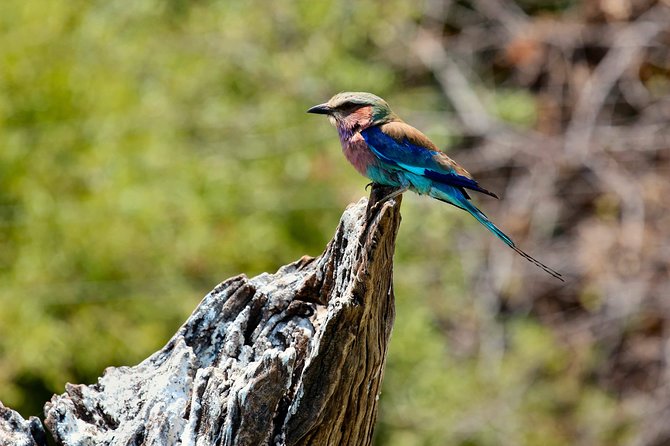

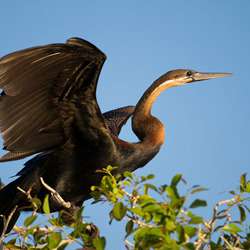
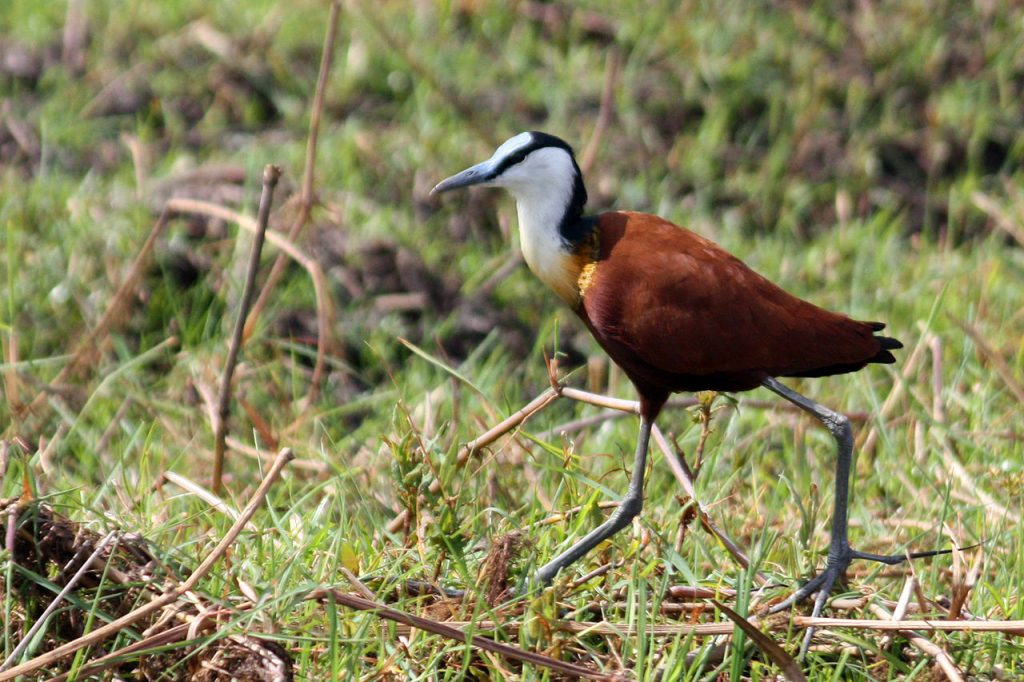
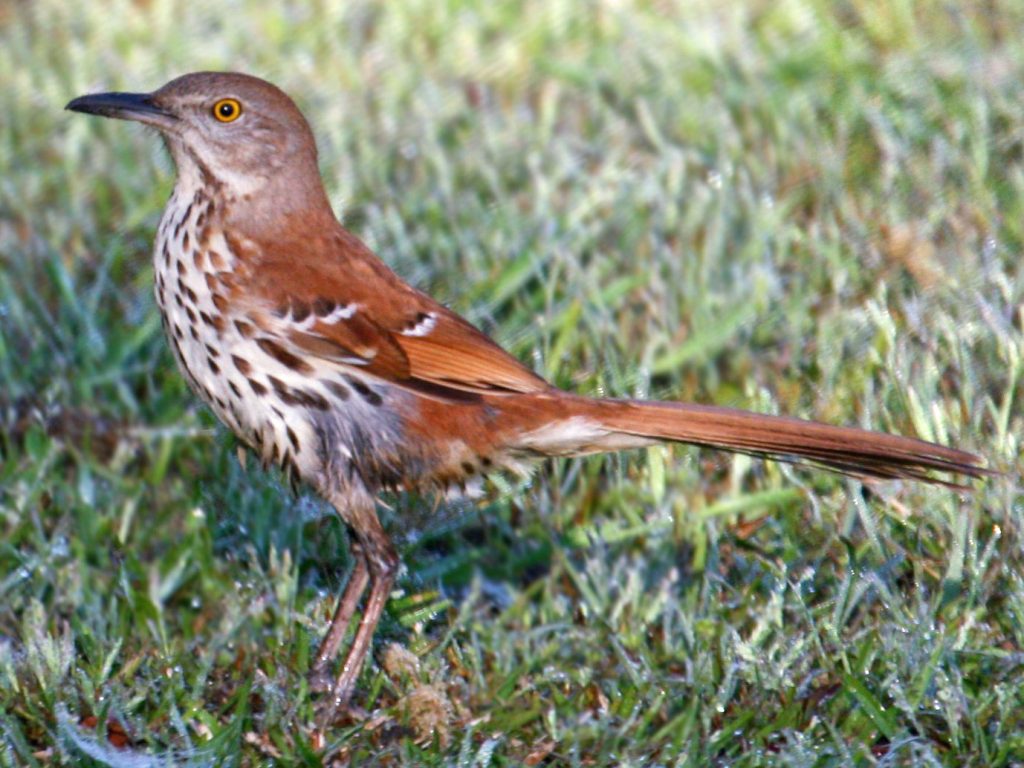
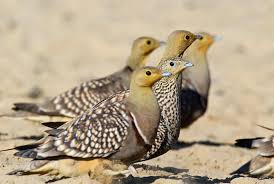
Daily Activity
DAY 1: MAUN
After your arrival at Maun International Airport, you will meet our representative with a signage board written “IMELA WILDERNESS”. Our guides will be waiting to transfer you to the lodge where we will be staying. Maun is the gateway to one of the best wildlife experiences you will ever have – a safari in the unforgettable Okavango Delta.
DAY 2: LAKE NGAMI DAY TRIP
We wake up to have a quick breakfast before we take a trip to Lake Ngami. Lake Ngami is an endorheic lake, north of the Kalahari Desert. It is seasonally filled with water by the Taughe River, an effluent of the Okavango river system flowing out of the western side of the Okavango Delta. It is one of the fragmented remnants of the ancient Lake Makgadikgadi. Lake Ngami is one of Botswana’s 12 Important Bird Areas (IBA’s). Some of the globally threatened bird species such as the Lesser Kestrel, and the Black winged Pranticole are found in the Lake. Numerous biome-restricted species such as the Kalahari Robin, Hartlaub’s Babbler, and Butchell’s sandgrouse are among commonly sighted birds.
Other bird species include Reed Cormorant, African Darter, Rufous-bellied Heron, Sacred Ibis, Fulvous Duck, white backed duck and Red knobbed Coot. The variety of bird species is seasonal. We return to our lodge in Maun, in the late afternoon.
DAY 3-5: OKAVANGO PANHANDLE/SHAKAWE
Wake up and have breakfast before we depart to Okavango Panhandle, Shakawe area where we will stay for three nights. A safari in the Okavango Panhandle region is more about the tranquility and scenery than big game viewing safari experience. The Okavango Panhandle is the main watercourse supplying the Okavango Delta. The Panhandle is the stretch of approximately 70km of the Okavango River, from where the river enters Botswana until it fans out into the alluvial plain of the Delta. From our Lodge, we will explore the panhandle on boat and foot where we are likely to have good sightings of Pel’s Fishing Owl and Narina Trogon.
Common birdlife also include White-backed night Heron, Southern Brown-throated Weaver, Black-faced-Babbler, African Skimmer, Lesser Jacanas, Painted Snipes and Banded Snake-Eagle. We will stay for 3 nights at Drotsky’s cabin or similar.
DAY 6: MAUN
Wake up and have breakfast before we depart to Maun. We will arrive in Maun in the afternoon where we will have an opportunity for a siesta by the pool. Those wishing to go to town will be transported to do shopping before we head to Nxai Pan National Park the following morning. We will stay overnight in a lodge.
DAY 7- 8: NXAI PAN NATIONAL PARK
We will leave for Nxai Pan National Park in the morning. The Nxai Pans National Park is situated north of the Makgadikgadi National Park. The fascinating landscapes, a group of seven mighty baobab trees known as Baines Baobabs will make the 32 kilometers day trip from Nxai Pans to Baines Baobab a highlight of your stay here. More than 200 bird species have been recorded in Nxai. The different habitats ranging from grassland, mopane woodland and acacia scrub ensure a wide variety of bird species. Notable birds in Nxai Pan National Park include the Black Bustard, Ostrich, Pale Chanting goshawk, Pin-tailed Whydah, Saddle-billed Stork, Wattled Crane, Pied Avocet, Martial Eagle, Kori Bustard, red-necked Falcon, Wattled Crane, Barred owl, Dusty lark and White Stork amongst others. We will camp here for 2 nights.
DAY 9: MAKGADIKGADI SALT PANS/NATA BIRD SANCTUARY
After breakfast we head to The Nata bird Sanctuary which is situated on the eastern tip of the Makgadikgadi Pans. This area provides us with an opportunity to view birds and other wildlife in a truly pristine environment. Shimmering saltpans of Makgadikgadi appear as a glaring white, endless plain. When the rain comes a dramatic change takes place as thousands of wildebeest and zebra migrate to the sweet nutritious grasslands and clouds of flamingo feed in its algae rich waters.
The Nata Bird Sanctuary harbors about 165 bird species common ones being the lesser and greater flamingoes, great white pelican, and the pink-backed pelican. Other notable bird species include Avocet, Black-winged Stilt, Blacksmith Lapwing, Black necked Grebe, Bustards, Carmine, Darters, African fish Eagle, Geese, Korhaans, Pied Kingfisher, Black-chested snake Eagle, Spoonbills and Martial Eagle amongst others.
We spend an afternoon exploring this beautiful birdlife area and camp for 1 night.
DAY 10-11: KASANE/CHOBE NATIONAL PARK
We will leave for Kasane early where we will stop for a picnic lunch before taking an afternoon boat cruise. We will then spend two nights in a lodge in Kasane whilst during the day we will embark on a game drive to Chobe National Park and a boat cruise at around 1500 hrs.
Chobe is a great birding destination with more than 450 bird species recorded. Boat trips on the riverare excellent for checking off many waders and other associated water birds. Birds often let boats approach closely allowing for excellent bird photography. Common sightings by the Chobe River include African Darter, African Skimmer, Long-toed Lapwing, Saddle-billed Stork, Squacco Heron, Meyer’s Parrot, Pel’s Fishing Owl, Broad-billed Roller, White-backed night Theron, Slaty Egret, Swamp nightjar, African Fish Eagle, African Crake, African Openbill, African wattled Lapwing, Allen’s Gallinule, Anhinga Rufa, Avefria Armada, Black Heron, Black Korhaan, Blue-cheeked Bee-eater, Common Sandpiper and many more.
In the Chobe National Park the most unusual species are to be found in the teak (Baikea plurijuga) woodlands. This broad-leafed woodland, or miombo as it is locally known, provides good pickings for insectivorous birds that favour canopy habitat. Grey Tit-Flycatcher, Ashy Flycatcher, Paradise Flycatcher, Pallid Flycatcher, Scarlet-chested Sunbird, Amethyst Sunbird, Yellow-throated Petronia, Red-headed Weaver and Violet-backed Starling are only some of the species that move around in the “bird parties” in the canopy. Dickenson’s Kestrel, Red-necked Falcon, Peregrine Falcon and Lizard Buzzard are some of the raptors to keep an eye out for, while the diminutive White-faced Owl can often be seen roosting in the road-side vegetation. Flappet Lark, Fawn-coloured Lark, Dusky Lark, Olive-Tree Warbler and Neddicky are species more likely to be enjoyed by the birding enthusiast.
We will be stating in a lodge for 2 nights
Our trip will end here and there will be a transfer available to Kasane International Airport (included in the price)
DAY 12: TOUR ENDS
Safari Accommodation
CAMPING NIGHTS:
3 nights camping
LODGING:
8 nights lodging
A non-participatory wild camping with en-suite facilities (3 nights) and lodging (8 nights). Imela Wilderness will provide a bucket shower with warm water off the fire. Imela wilderness (also) provides, comfortable bedroll fully equipped with linen, towels, chairs with backrests and, tents (3×3 m meru tents), mosquito gauze on door & windows); are large and easy to erect. Imela Wilderness chef prepare fresh meals in the camp on site.
Note; All our tours are non-participatory, meaning we have enough staff to do the camp chores while you sit and enjoy your safari.
Details
Included in Your Safari
The quoted price includes all accommodation, park entry fees, excursions, and transfers.
ITINERARY INCLUDES:
- Park & Reserve entry fees
- Pick up and drop off at the airport
- Use of camping equipment (mattresses)
- Transport in 4X4 game viewing vehicle (game drive vehicle, trailer)
- Vehicle Fridge
- Tea/coffee and hot chocolate
- Professional Guide
- 2 Game drives per day
- Chef
- Mokoro activities (seasonal)
- Mokoro pooler fees
- Entrance fees to the delta
- Boat Cruise in Chobe
- Lodge accommodation in Maun, Kasane/Chobe National Park, Shakawe
ITINERARY EXCLUDES:
- Scenic flight over the Okavango delta
- Boat cruise in Okavango delta
- Staff tips
- Premium wines
- Emergency evacuation
- Curios
- Insurance
- All flight tickets unless otherwise indicated
- Items of personal nature
- Any drinks at lodges or accommodation other than Imela Tented camps unless stated.
Easy Payment Options
FROM USD 3,695 PER PERSON
40% Deposit to confirm booking. Balance due 6 weeks prior to departure.

